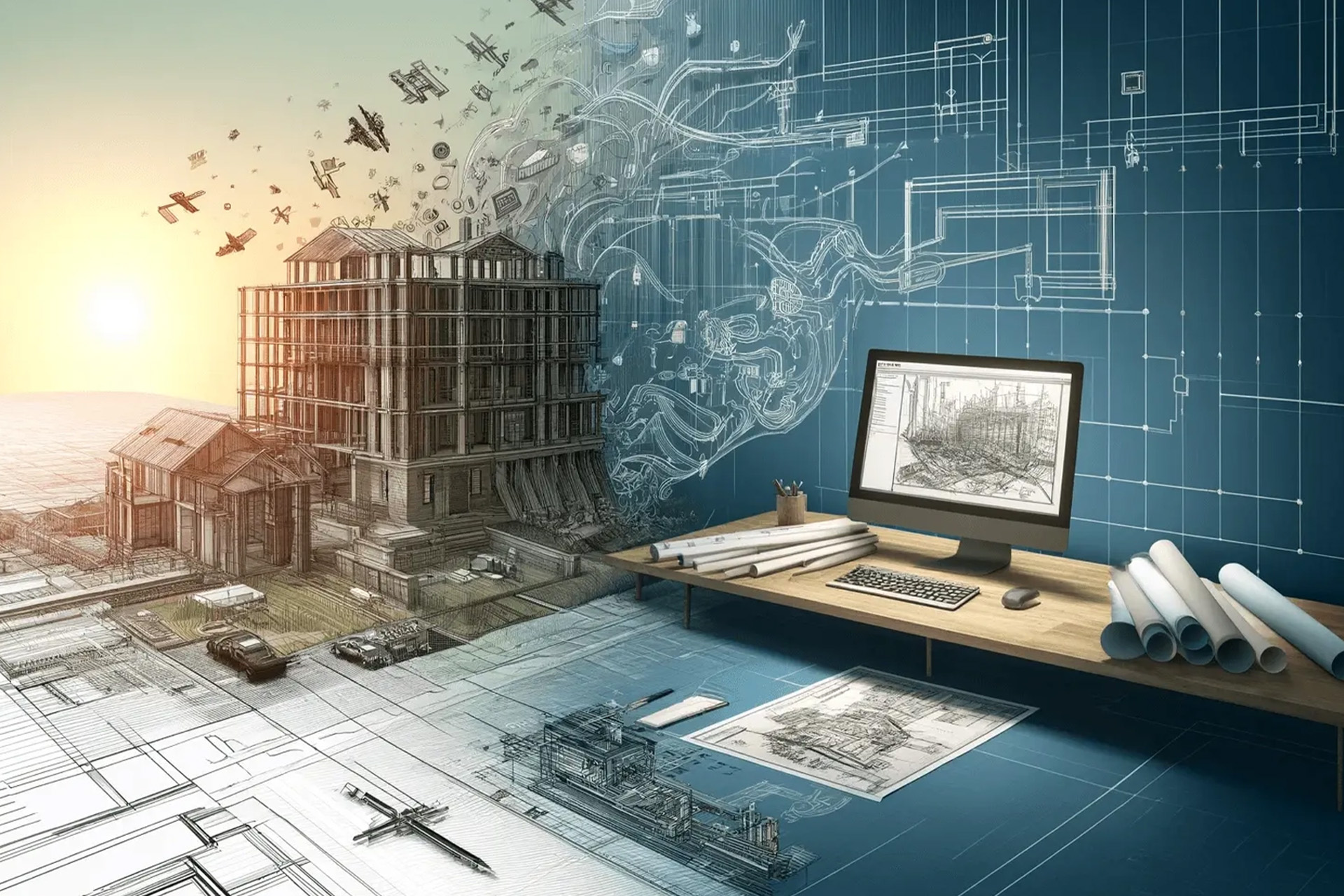
Objective: Learn and get familiar with Autodesk Revit MEP course; Describe BIM modeling methodology and its benefits; Work with Mechanical, Electrical and Piping components in Autodesk Revit MEP; Work with detail views, add 3D and 2D elements and detail components.
-> Basics of Revit
-> Revit Architecture Basics
-> BIM Dimensions
-> What is what on screen
-> Common Commands
-> Training files setup
-> Modifying the view
-> Common tasks
-> Linking Projects
-> Visibility/ Graphics- VG
-> View Templates
-> General System Options
-> File Locations
-> Spelling Options
-> Snap Settings
-> Preparing Spaces
-> Placing Spaces
-> Spaces in Open Areas
-> Multi-Level Spaces
-> Auto Spaces
-> Space Naming
-> Zones in the System Browser
-> Zones on a Single Level
-> Zones on Multiple Levels
-> Analytical Models
-> Ventilation Settings
-> Space Setting
-> Zone Settings
-> Heating & Cooling Loads Calculation
-> Zone Color Schemes
-> Airflow Schedules
-> Hosted Air Terminals
-> Non-Hosted Air Terminals
-> Secondary Supply Air Systems
-> Auto Ductwork
-> Duct Sizing- Equal Friction Method
-> System Inspection
-> Duct Pressure Loss Report
-> Manually Creating Ductwork
-> Duct Sizing- Constant Velocity Method
-> Thermal Insulation
-> Acoustic Lining
-> Duct Accessories
-> Specifying Electrical Systems
-> Add a correction factor
-> Add a wiring type
-> Add a voltage definition
-> Add a distribution system
-> Specify demand factors
-> Defining Required Lighting
-> Color Fills & Schedules
-> Add a project parameter for lighting
-> Verify the new parameter
-> Create a schedule for required lighting levels
-> Add space lighting requirements to the schedule table
-> Change the sort order of the schedule
-> Apply a lighting level to spaces
-> Creating Color Fills and Schedules
-> Add a legend and apply the color scheme
-> Create a space lighting analysis schedule
-> Adding Lighting Fixtures
-> Modify multiple fixture instances
-> IES Data of Lighting Fixtures
-> Placing Switches/Junction Boxes & Receptacles
-> Lighting Circuits with Wire
-> Lighting Circuits without Wire
-> Creating Switch Systems
-> Power Loads
-> Balancing Wire Size-n-Breaker Services
-> Panel Schedules
-> Checking Your Design
-> Plumbing & Piping Systems
-> Create a pipe type
-> Load piping component families
-> Specify sanitary piping settings
-> Add a pipe size
-> Adding Sanitary Plumbing Fixtures
-> Place a wall-mounted urinal
-> Place a floor drain
-> Create the sanitary plumbing system
-> Create physical connections
-> Customize the suggested layout
-> Examine the piping
-> Add Lavatory to the layout
-> Add Lavatory to the sanitary system
-> Create piping to connect the Lavatory
-> Add pipe stubs to the double wye
-> Add P-Trap Fittings
-> Refining Sanitary Stacks
-> Add a vertical soil stack
-> Cold Water Systems
-> Create the cold-water system
-> Create piping for the cold-water system
-> Hot Water Systems
-> Create the hot water system
-> Add a water heater
-> Add the water heater to Domestic cold water system
-> Connect the water heater to the cold water supply
-> Add the water heater to Domestic Hot Water system
-> Connect the water heater to the hot water supply
-> Specifying Pipe Settings
-> Create a pipe type
-> Configure pipe conversion settings
-> Create project parameters
-> Create a key schedule
-> Create a schedule parameter
-> Add schedule data
-> Create a sprinkler schedule
-> Organize schedule data
-> Group schedule columns
-> Create an embedded schedule
-> Modify space properties from the schedule
-> Determining Zone Requirements
-> Sprinkler Design Schedules
-> Adding Sprinklers
-> Continue placing sprinklers
-> Place non-hosted sprinklers
-> Array sprinklers
-> Creating Piping Systems
-> Connect sprinklers with a system
-> Confirm and validate the system
-> Create the initial layout
-> Modify the layout
-> Creating Fire Protection Wet Systems
-> Add remaining sprinklers
-> Connect the sprinklers with pipe
-> Vertical Supply Piping
-> Add mechanical equipment
-> Add a valve
-> Pipe Sizing
-> Tag the pipes
-> 1) Limited Students in Batch
-> 2) International Project Exposure
-> 3) Placement Assistance Until Placed
-> 4) Trainer with 10+ Years of Experience
Enroll in our Revit MEP course today and experience the benefits of our unique features. Whether you choose our limited batch sizes, seek international project exposure, require placement assistance, or value trainers with extensive experience, Acton Engineers has you covered.
You can start your career in Revit MEP as a Revit MEP Modeller; any graduate with Revit MEP certification is eligible as Revit Modeller. If you’re Mechanical/Electrical Engineer then you can enhance your position as BIM Coordinator, Revit Designer, Revit Engineer to Revit Manager. For Civil Engineers they can start as Revit Structural Engineer or Revit Architect.
Autodesk's Revit is a commercial building information modelling (BIM) programme. Architects, structural engineers, mechanical, electrical, and plumbing (MEP) engineers, designers, and contractors are the common users of this software. Where ever there is construction MEP design is must. Revit MEP makes the design simpler- Users can design, edit, find clashes between services, plan, analyse and scrutinise 3D models in great detail with Autodesk Revit.